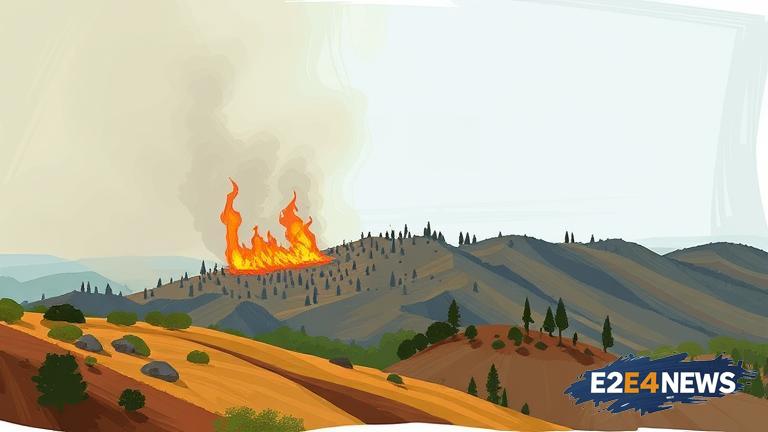California has been plagued by devastating wildfires in recent years, with the 2018 Camp Fire being the most destructive in state history. The fire burned over 153,000 acres, destroyed nearly 19,000 structures, and claimed 85 lives. The aftermath of the disaster led to a renewed focus on wildfire prevention and mitigation. One key strategy is the creation of defensible spaces around homes and buildings, which involves clearing flammable vegetation and debris. This can help prevent fires from spreading and give firefighters a better chance of containing them. Another approach is the use of prescribed burns, which involve intentionally setting fires in controlled areas to reduce fuel loads and promote healthy ecosystems. However, prescribed burns can be controversial, as they can also pose a risk to nearby communities. To address this concern, fire managers use sophisticated computer models to predict fire behavior and ensure that burns are conducted safely. In addition to these efforts, California has implemented various policies and regulations aimed at reducing the risk of wildfires. For example, the state has established strict building codes for new construction in high-risk areas, and has implemented rules requiring property owners to maintain defensible spaces. The California Department of Forestry and Fire Protection (CAL FIRE) has also launched a number of initiatives, including a program to provide financial assistance to property owners who want to create defensible spaces. Furthermore, the state has invested in new technologies, such as drones and satellite imaging, to help detect and respond to wildfires more quickly. Despite these efforts, California’s wildfire problem is complex and multifaceted, and will require a sustained commitment to prevention and mitigation. Climate change is also playing a role, as rising temperatures and changing precipitation patterns are creating conditions that are ripe for wildfires. To address this, the state is exploring new strategies, such as the use of forest thinning and biomass removal to reduce fuel loads. The role of utilities in preventing wildfires is also being examined, as downed power lines have been implicated in several recent fires. In response, utilities such as Pacific Gas and Electric (PG&E) are implementing new safety measures, such as shutting off power to high-risk areas during periods of high fire danger. However, this approach can have unintended consequences, such as leaving communities without power during critical periods. As the state continues to grapple with the challenges of wildfire prevention and mitigation, it is clear that a comprehensive and multifaceted approach will be needed. This will involve not only the implementation of new policies and technologies, but also a fundamental shift in how we think about and interact with the natural environment. By working together and adopting a proactive approach, California can reduce the risk of wildfires and create a safer, more resilient future for all. The state’s wildfire prevention and mitigation efforts are being closely watched by other states and countries, as they seek to learn from California’s experiences and apply them to their own contexts. In conclusion, California’s wildfire crisis is a complex and pressing issue that requires immediate attention and action. By prioritizing prevention and mitigation, and adopting a comprehensive and multifaceted approach, the state can reduce the risk of wildfires and create a safer, more sustainable future for all. The importance of community engagement and education cannot be overstated, as it is crucial that residents are aware of the risks and take steps to protect themselves and their properties. The state’s efforts to prevent and mitigate wildfires are ongoing, and it is likely that new strategies and technologies will be developed in the coming years. As the situation continues to evolve, it is essential that California remains committed to finding solutions and reducing the risk of these devastating disasters.
